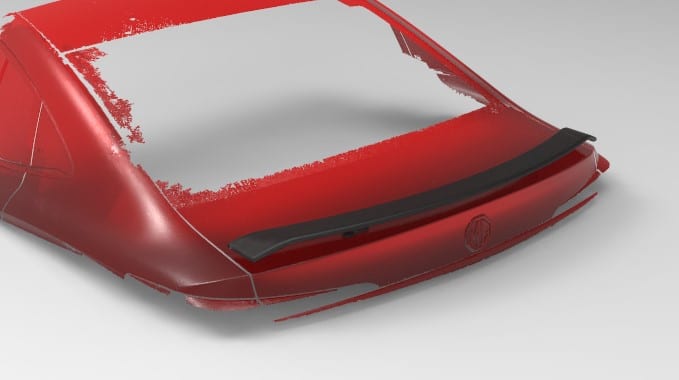
After your 3D model has been perfectly designed and prepared for printing, there’s still a crucial step to ensure that the print turns out exactly as you envisioned. This stage, known as post-processing, involves refining your model and preparing it for the actual printing process. It’s where the magic happens, transforming a good model into a great physical object. Let’s break down this vital phase in the 3D modeling for printing process.
Before sending your model to the printer, it’s essential to give it a thorough check-up and clean-up. Here’s what you need to focus on:
Slicing is where your 3D model is divided into layers and prepared for the printer. Understanding this process is key to successful 3D modeling for printing.
By mastering the art of post-processing in 3D modeling for printing, you ensure that your models not only print successfully but also match your original vision as closely as possible. This final touch-up phase is your opportunity to put the finishing touches on your creation, setting the stage for a flawless print.
Embarking on the journey of 3D modeling for printing is like setting sail into a vast ocean of possibilities. However, to navigate these waters successfully, one must be equipped with the right knowledge and tools. Here, we dive into some practical tips that can turn potential pitfalls into stepping stones for mastery in 3D modeling for printing.
Mistakes are not just obstacles; they’re opportunities for growth. Understanding common pitfalls and how to sidestep them is crucial:
| Common Pitfalls | How to Avoid Them |
|---|---|
| Inadequate wall thickness | Use software tools to ensure minimum thickness |
| Ignoring print orientation | Plan orientation to minimize supports and warping |
| Overlooking model resolution | Balance detail with printability to avoid errors |
The Importance of Iteration in the 3D Modeling Process
The landscape of 3D printing technology is ever-evolving. Staying informed can significantly impact your 3D modeling approaches:
In the realm of 3D modeling for printing, knowledge is power. By learning from mistakes and staying updated with technological advancements, you can hone your skills, making each project better than the last. Remember, successful 3D modeling for printing isn’t just about what you create today—it’s about how you grow and adapt for tomorrow’s creations.
Wrapping up our journey into the intricate world of 3D modeling for printing, we’ve traversed from the basics to advanced techniques, ensuring every step is a stride towards mastery. Remember, the essence of 3D modeling for printing lies not just in understanding the software and tools but in the art of refining your designs, anticipating the nuances of the printing process, and embracing the iterative nature of creation.
The road to excelling in 3D modeling for printing is paved with challenges, but each obstacle is a lesson in disguise, pushing you towards becoming a maestro of the digital canvas. So, keep pushing the boundaries, experimenting with new materials and technologies, and refining your craft with every model you print.
As you continue on this path, let the world of 3D modeling for printing be your oyster. With patience, practice, and persistence, the possibilities are limitless. Dive deep into this rewarding endeavor, and watch your creations come to life, layer by layer.
Diving deeper into the realm of 3D modeling for printing, it’s essential to have a go-to list of resources to sharpen your skills, troubleshoot problems, and connect with like-minded creators. The beauty of the 3D printing community lies in its willingness to share knowledge, insights, and breakthroughs. Here are some invaluable resources to keep you at the top of your game:
Leveraging these resources effectively can significantly enhance your 3D modeling for printing skills. Whether you’re looking to master a new software, solve a complex modeling challenge, or simply share your latest creation, the community and resources available are vast and welcoming. Keep exploring, learning, and sharing; the world of 3D modeling for printing is ever-evolving, and so are the opportunities it presents.